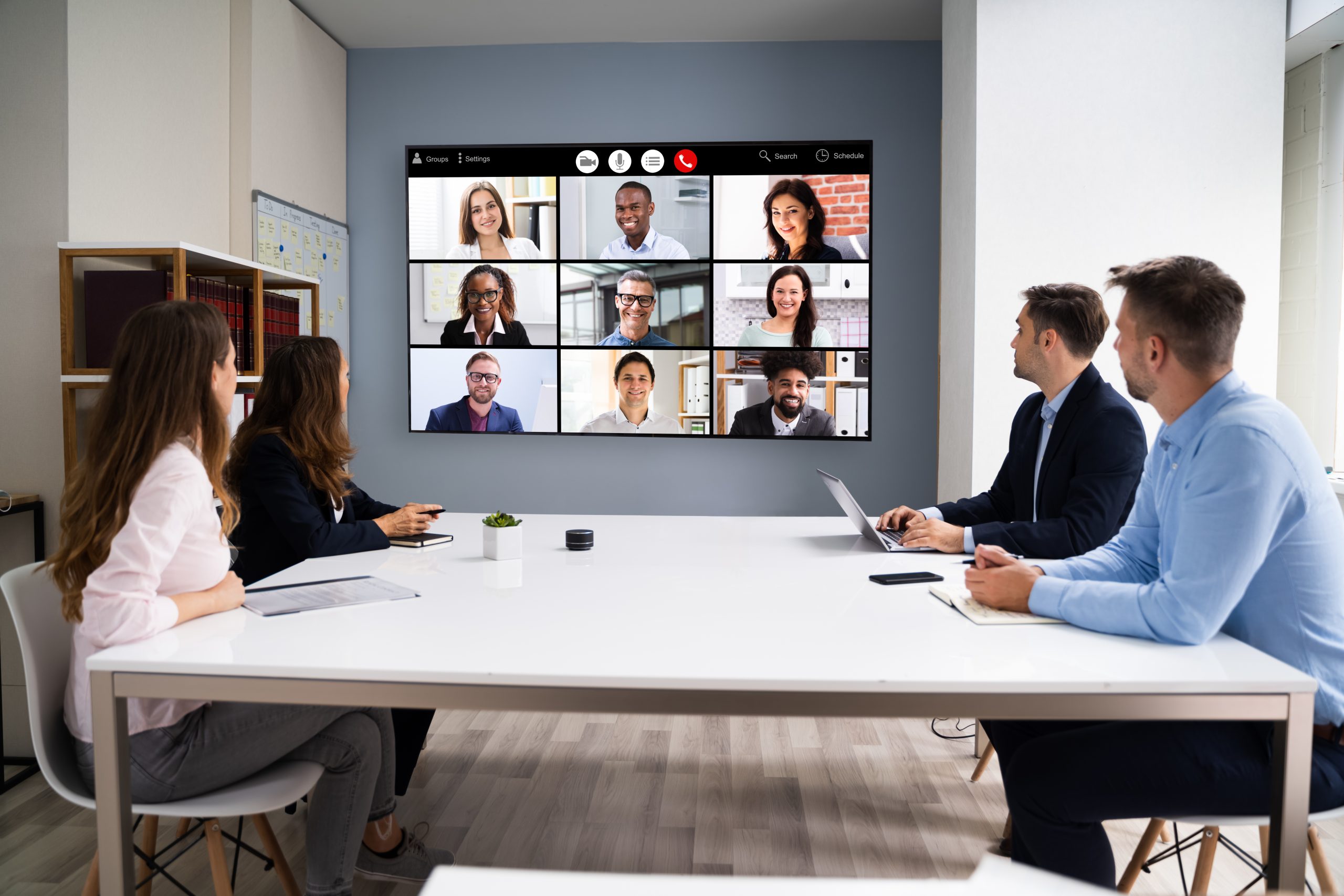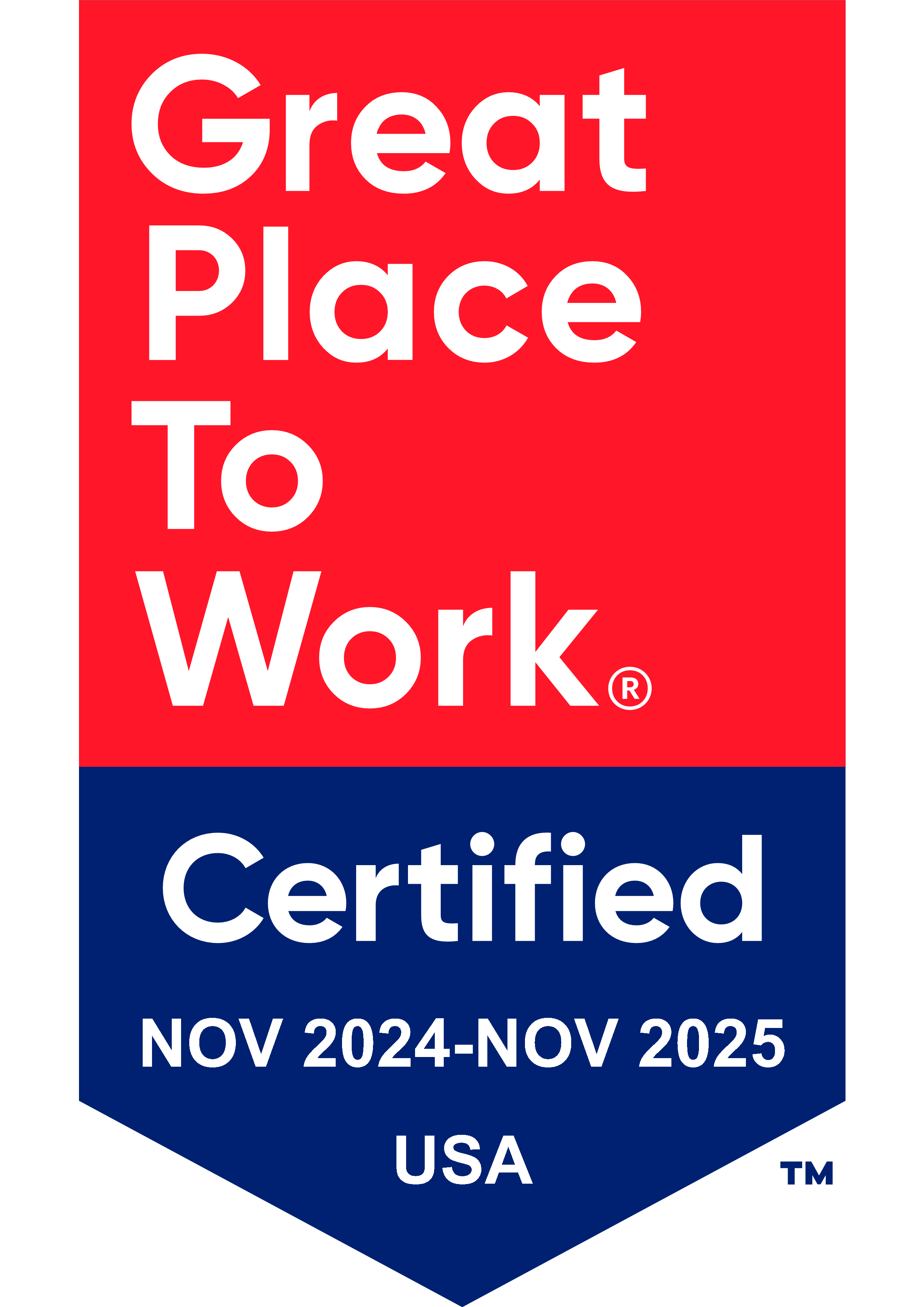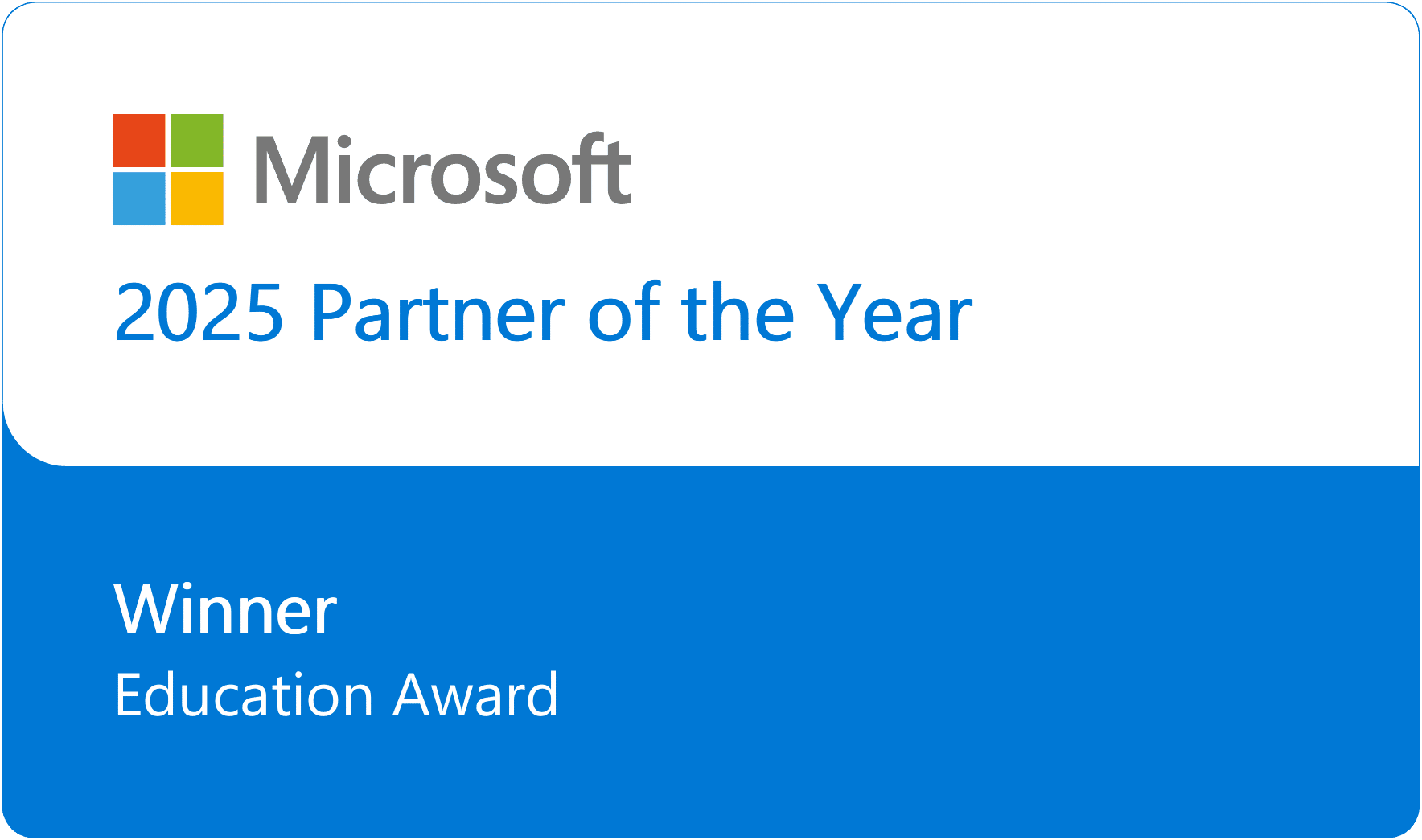It has become cliché to remark on the various ways in which the COVID-19 pandemic has reshaped our personal and professional lives. Here are a few examples:
Today’s workplace is dramatically different.
Employees are reevaluating their relationship with their work, and more essentially, whether it works for them.
Flexibility is no longer optional.
Hybrid work is here to stay.
The meaning of “go to work” has been fundamentally altered.
That didn’t stop Nicole Herskowitz, Microsoft’s VP for Teams, from deploying just such phrases (or similar) when opening a conversation about how the Teams platform can enable us to “Unlock Business Growth”, a keynote segment of the Microsoft Inspire 2022 conference. And why shouldn’t she? After all, just because something is cliché doesn’t mean it’s not one hundred percent true. The Great Resignation (just in case you needed another cliché) has taught enough organizations in all sectors and geographies that the cost of ignoring these changes is high enough that every operations executive and HR decision maker ought to have one (or three) of these phrases firmly burned into their decision-making consciousness. Or at the very least, printed out and affixed to their workspace, whatever gets the message through.
While these statements accurately illustrate where we are, they don’t offer much in the way of proactive strategy. For that, we can turn to another key Inspire 2022 term – the “Digital Imperative”. Essentially, it is no longer enough to offer novel integrations of technology and process to achieve solutions for institutions as a matter of differentiation – organizations need to treat this as a matter of survival. Unless you can proactively demonstrate you are actively innovating how work gets done and objectives are achieved, you will be left behind.
It’s easy to see the impact this can have externally, to you and your customers (or even vendors). It is easy, then, to overlook the same call to action this offers internally: you must be taking steps to meet your people where they are, since they’ve gone through lockdowns, travel restrictions, and remote working conditions that regularly overmatch the expectations set forth by traditional solutions for communication, collaboration, and virtual presence. We understood that we needed to accommodate these concerns before. What we didn’t expect was how central these matters would become to the goal of retaining valuable talent and providing an engaging place to work.
Enter Microsoft Teams. If you’ve read what I’ve posted here before you’ll know how much the platform has been able to offer, even before the pandemic, in terms of connecting your people to each other and the work that they do. What’s new is the way that Microsoft has seized the initiative to grow Teams (460 new innovations in 2022 alone) into an entire environment for people to feel each other’s presence, hear one another’s thoughts, and contribute meaningfully their ability to get things done.
One of the key ways this has been and will continue to be accomplished is through a rethinking and restrategizing of how people get together and meet for the sake of accomplishing shared goals. Meetings are decidedly one of the traditionally less exciting things we have to do during our workday. During the pandemic, the default response has been to bring them online, allowing people to connect virtually in a setting superficially equal to, but in reality more imbalanced than, traditional physical spaces.
Instead of accepting this and delivering enhancements based on a poor baseline, Microsoft has invested in research and development to determine the “why” and address the root causes, to make meetings powered by Teams Rooms occur in fundamentally different ways and deliver transformational improvements. Features like intelligent cameras allow Teams Rooms systems to dynamically present a view of in-room participants that gives them an equal footing to those joining remotely, and for the benefit of remote participants, intelligent speaker systems can highlight who is speaking and even interpret where the viewer’s focus should be aligned so as to offer them the same share of attention as if they were physically in the same space.
None of this will matter, however, should organizations fail to recognize that the time to consider adopting and implementing such systems is now. Less than 8% of the world’s 90 million conference rooms are yet to be video enabled, and they are therefore unable to run inclusive hybrid meetings in which all participants feel included and heard. The reasons for this are many, but often the problem is a lack of imagination for how to proactively invest in solutions that accommodate our new world, and more mundanely, a lack of know-how for the way in which it should be addressed. As Nicole puts it, “Hybrid is not easy.”
At Cloudforce, we do not wait for such imperatives to enforce themselves. Since 2019 we have been investing in cutting-edge hybrid meeting room systems powered by Microsoft Teams to enable our workforce to remain agile and flexible. For this reason, Cloudforce not only maintained an elite standard of work and a positive culture throughout the pandemic, but we also even grew our organization multiple times over and continue to provide a workplace that inspires and protects our most important asset: our people. We are nothing without our team, and so we’ve continued to address these challenges head on in our most recent office redesign, implementing four more Teams Rooms systems from Neat, equipped with the intelligent features mentioned above. This ensures that we will be bringing the very best of ourselves to every engagement and offering the most seamless presence for our people when they need to work and play together.
We consider our ability to enable and fuel hybrid work to be one of our core competencies across many of our areas of expertise, and we couldn’t honestly do that unless we had achieved it for ourselves internally. Please reach out to us via the links below to ask how we can do the same for you.

 by
by 

































